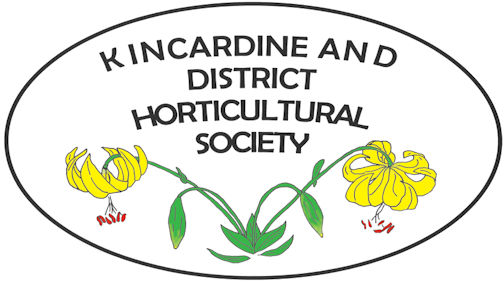Kincardine horticulturalists learn about rare perennial, edible plants
Gardeners, you should have no excuse for not having all your garden work done this fall. What beautiful warm, sunny days we have had. Well, maybe you haven’t got it all finished as you were at the beach relaxing.
October’s meeting of the Kincardine Horticultural Society began off with a wonderful story by Harriet Suter about the plants she started by seeds in the winter. She potted her verbena and gomphrena and put the pots outside. An interesting side is that the gomphrena’s nick name is “Hairy Green Balls.”
Before she knew it, she had five caterpillars laying eggs on the gomphrena which was beside her milkweed plant. She monitored this and over some time, chrysalis developed and they hatched into butterflies. Harriet answered several questions the members had and then the speaker for the night took over.
Ben Caesar, owner of Fiddlehead Nursery, a permaculture plant nursery in the Beaver Valley, near Collingwood, talked about creating an edible garden eco-system. He specializes in rare perennial, edible, plants. You could tell he is a very passionate gardener who not only talks the talk but lives it.
His nursery is in Kimberly where he has created this food forest. You start with a plan and develop a tree canopy planting trees, including fruit trees, leaving room for growth between. You need wind protection and a diverse garden. Plant larger trees to the north side and smaller to the south to allow sun to get in.
Forest gardens incorporate trees, shrubs, ground-covers, vines, perennial vegetables and salad greens, all inter-planted to minimize competition and maximize co-operation. They can be created on any scale, from a small backyard to a few acres; a large, mature forest garden can take 10-20 years to create, though many crops will be available after the first year.
After the tree layer plant, a shrub layer is planted and then ground-covers to help with low-maintenance gardening. Because you want high yields, the soil will require a lot of fertility, accomplished by bringing in fertilizer in the form of chemicals or manure, or by making compost.
Forest-gardening differs in that most of the fertility needs of the system can be designed into the garden, itself. As an example, a plum tree needs a certain amount of nitrogen in order to produce an abundance of fruit each year. This can be achieved by planting a nitrogen-fixing tree, such as a black locust, nearby (black locust flowers also make a delicious treat). There are also plants, such as comfrey, that have deep taproots which reach deep into the sub-soils and pull minerals up into their leaves. When the leaves decompose in the fall, these minerals are made available to nearby plants.
There are many edible plants that you can grow, such as anise hyssop, skirret (a root vegetable related to the carrot), Chinese artichokes, sweet fennel, Egyptian walking onions, day lilies, sedum, hosta and his favourite, sorrel. One thing to try is in the early spring, just as your hostas are sprouting and they are tightly-coiled sprigs, cut them and fry them up with salt, pepper and butter. Who knew?!
Join us for the next meeting, Monday, Nov. 3, at 7 p.m., in the seniors’ room at the Davidson Centre, with Jenna McGuire talking about the “Botanical Wonders of Lake Huron’s West Coast.”
For more information about the Kincardine Horticultural Society, visit
gardenkincardine.weebly.com/.
 Written By
Written ByNo bio for this author.

Related Stories
No related stories.